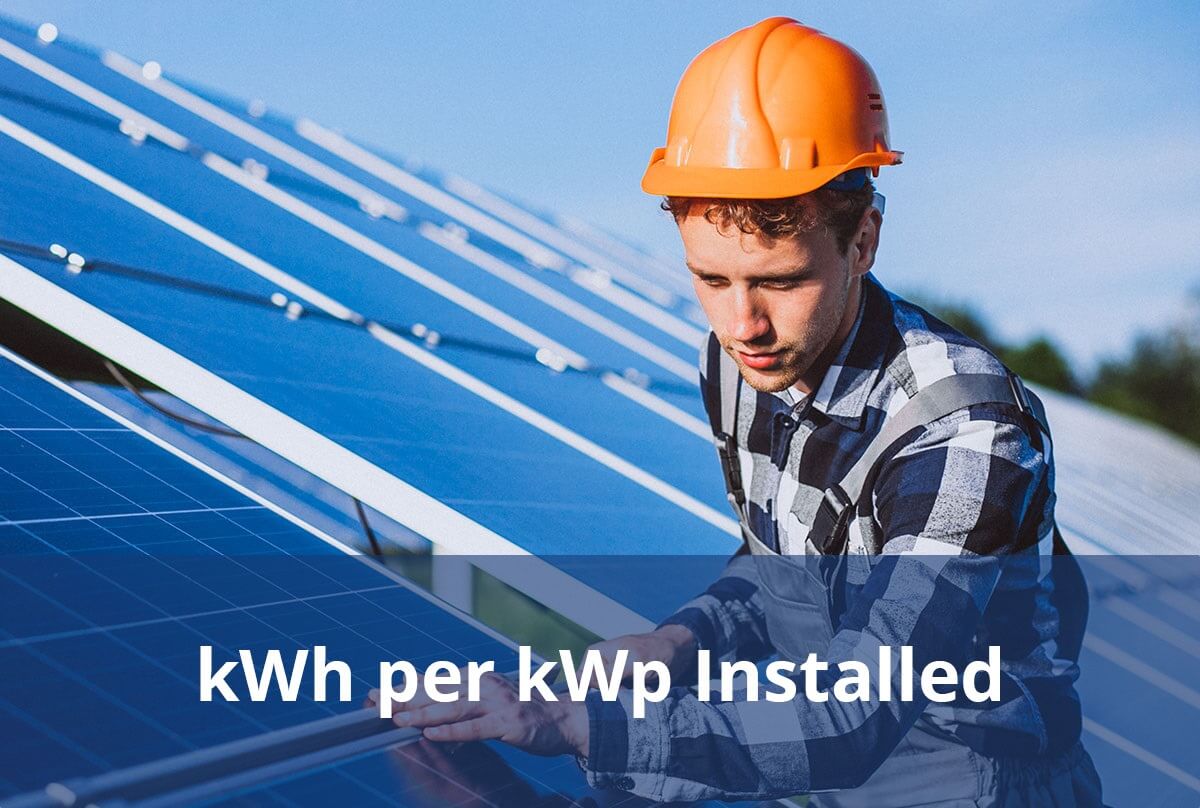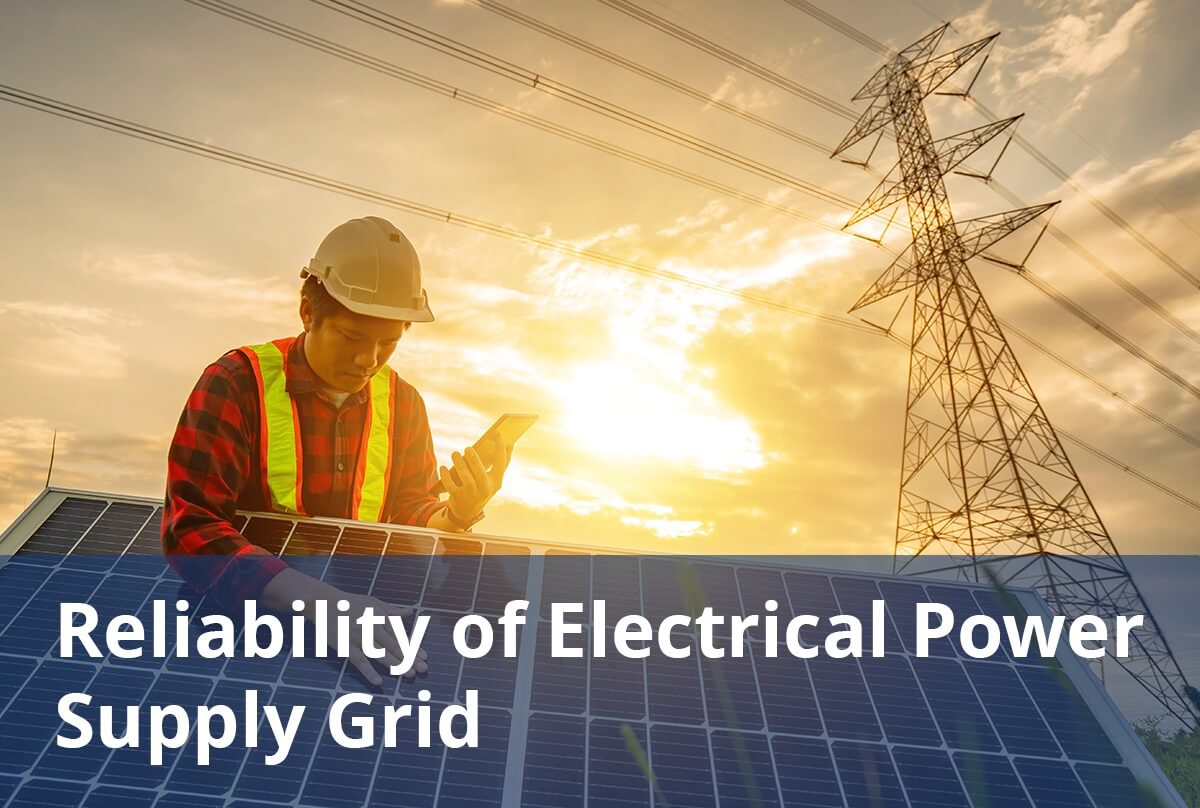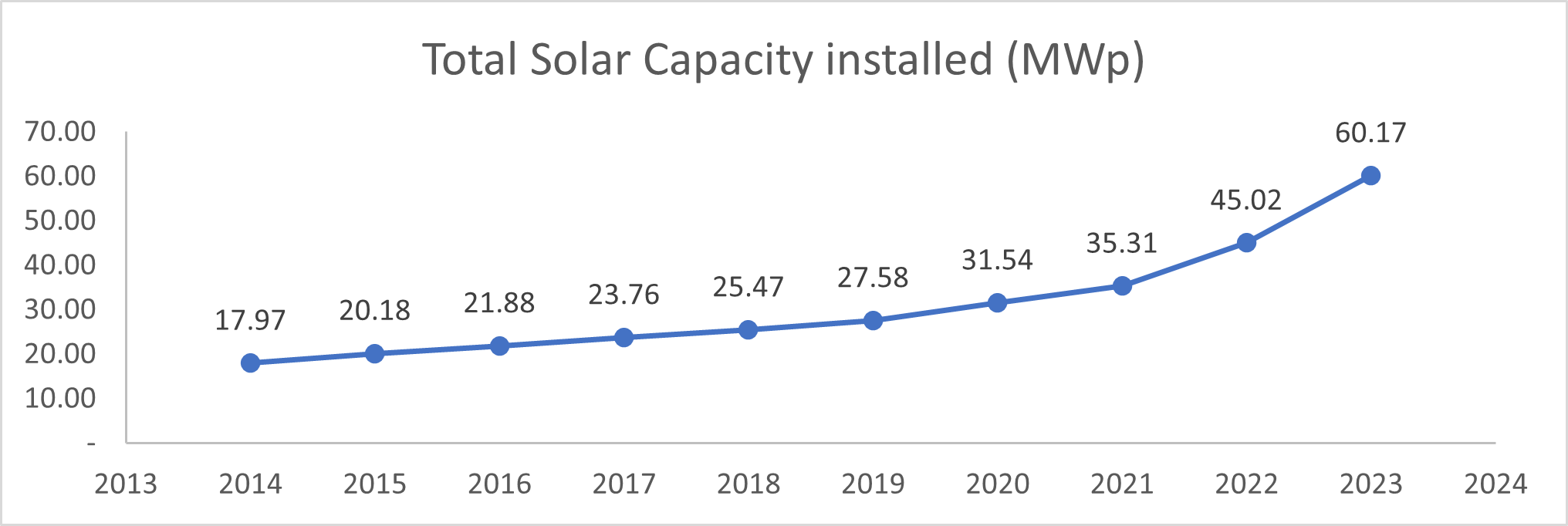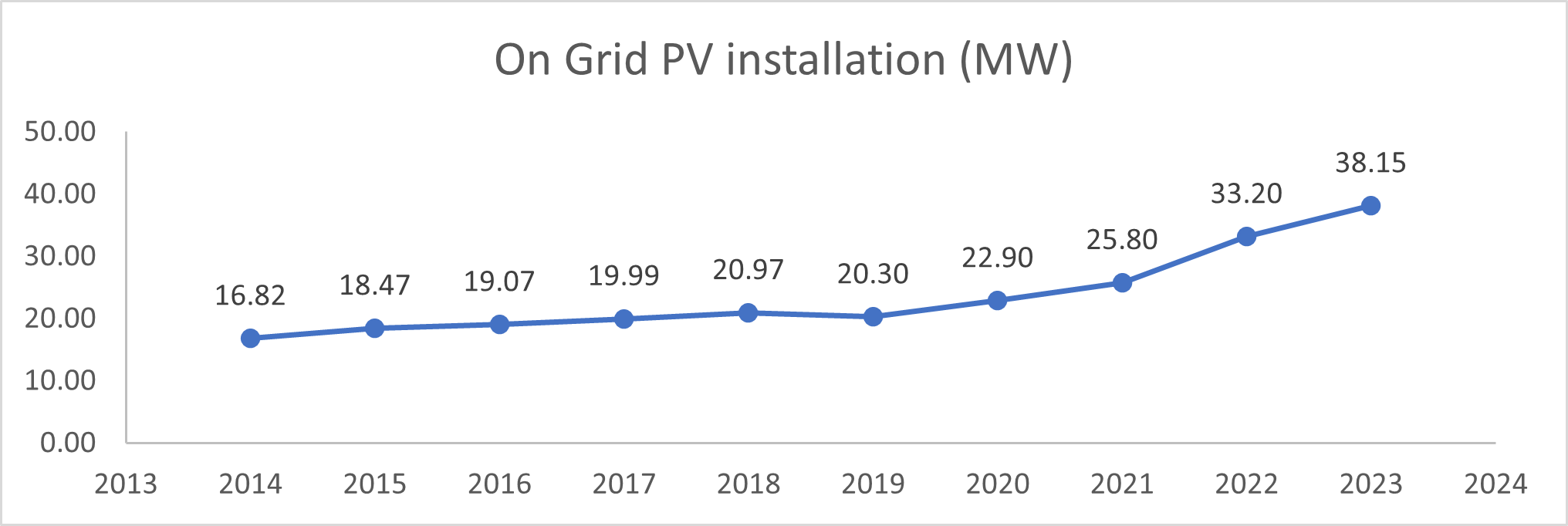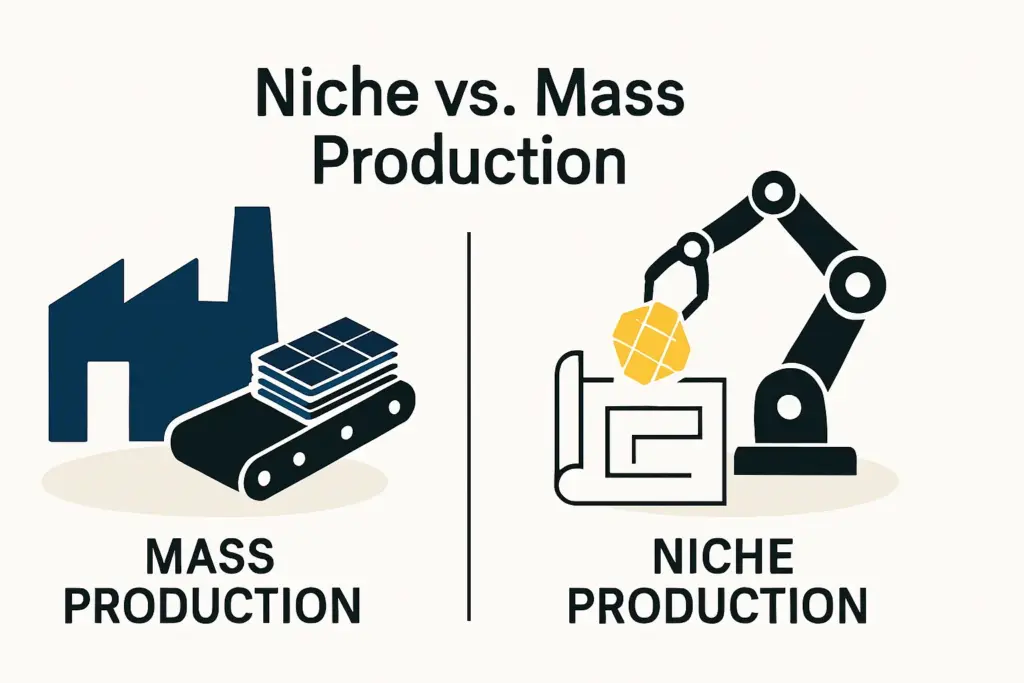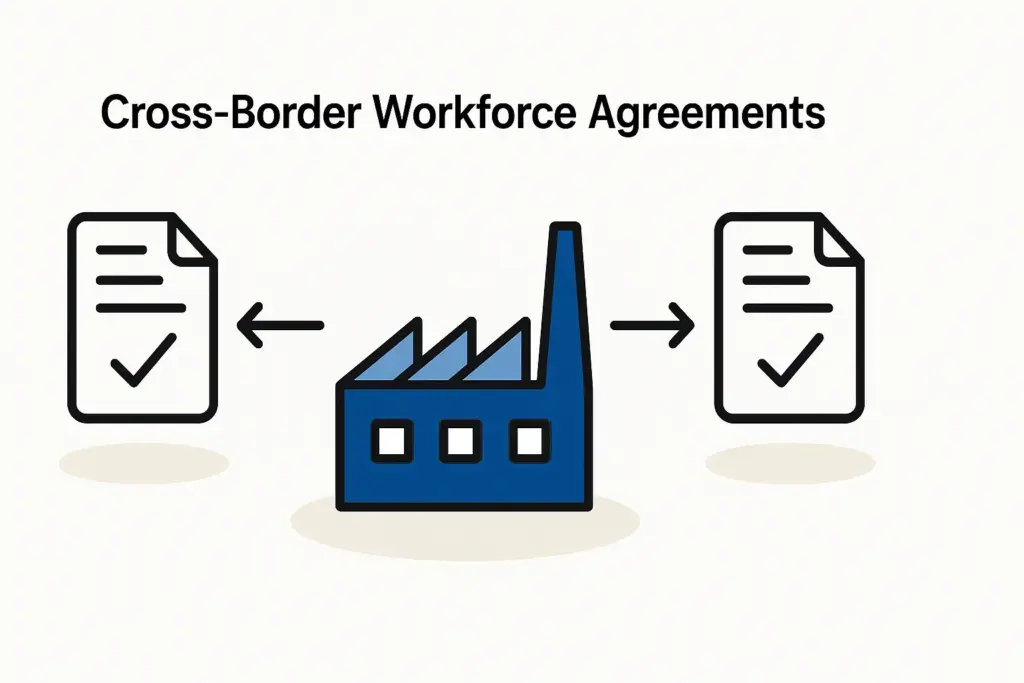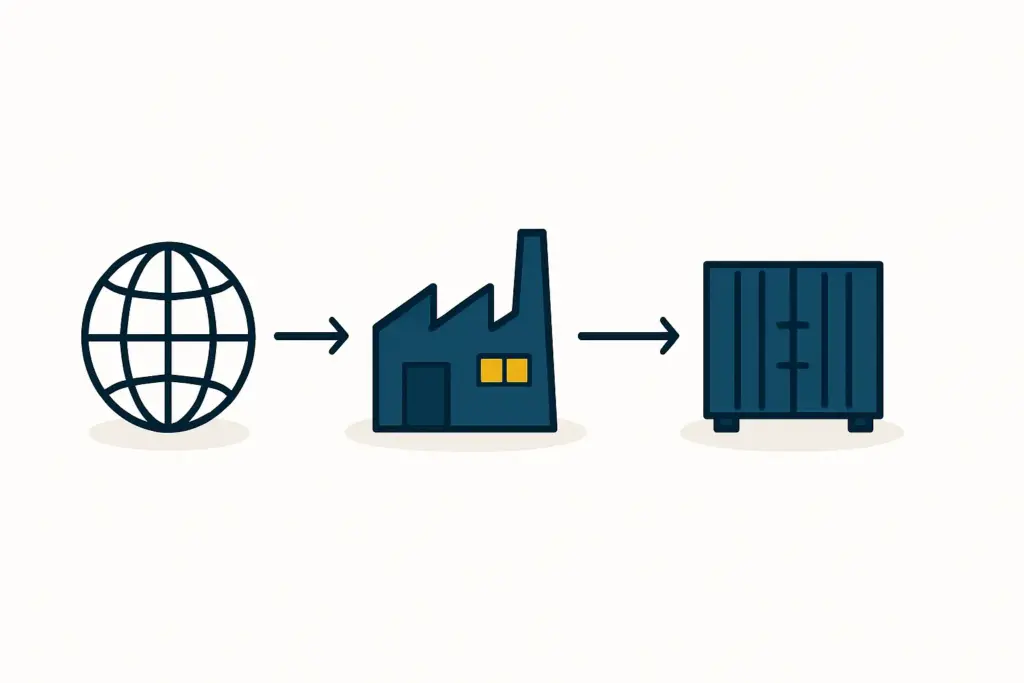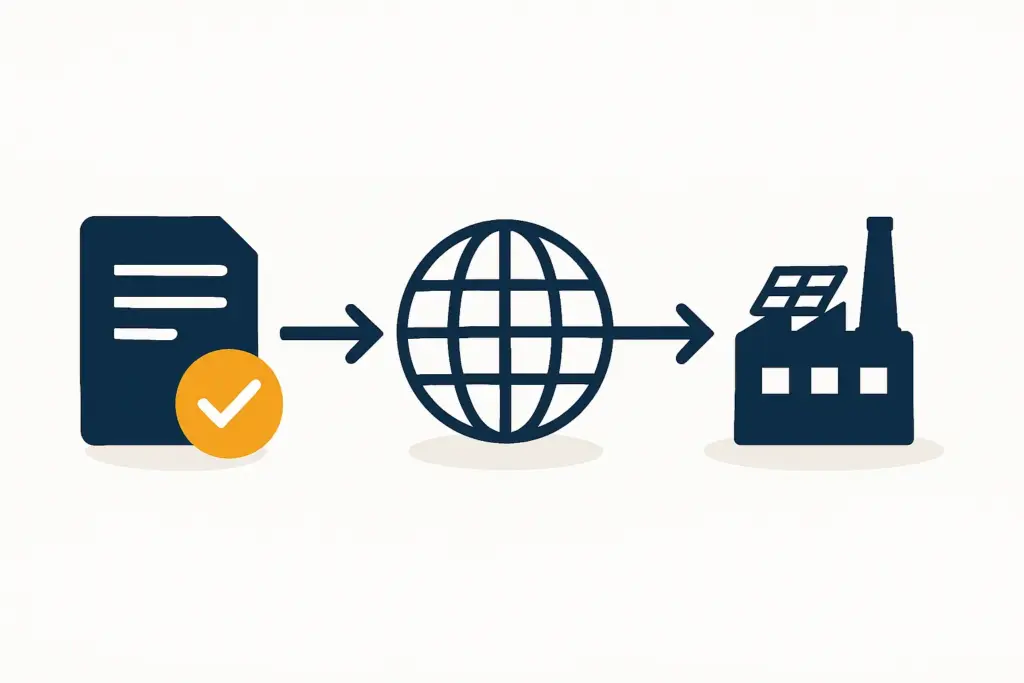Gain comprehensive insights into the statistics and metrics surrounding the solar production industry in Liechtenstein
- Weather2Travel, (nd), Liechtenstein weather by month, Retrieved on 6 December 2024 from https://www.weather2travel.com/liechtenstein/climate/.
- Solargis, (nd), Solar resource maps of Liechtenstein, Retrieved on 6 December 2024 from https://solargis.com/resources/free-maps-and-gis-data?locality=liechtenstein.
- GlobalPetrolPrices, (March 2024), Liechtenstein electricity prices, Retrieved on 6 December 2024 from https://www.globalpetrolprices.com/Liechtenstein/electricity_prices/.
- Prosperitydata, (2019), System average interruption frequency index (SAIFI), Retrieved on 6 December 2024 from https://prosperitydata360.worldbank.org/en/indicator/WB+DB+56.
- Prosperitydata, (2019), System average interruption duration index (SAIDI), Retrieved on 7 December 2024 from https://prosperitydata360.worldbank.org/en/indicator/WB+DB+55.
- Macrotrends, (2024), Liechtenstein Electricity Access 1990-2024, Retrieved on 6 December 2024 from https://www.macrotrends.net/global-metrics/countries/LIE/liechtenstein/electricity-access-statistics.
- Statistikportal Liechtenstein, (2023), Energy consumption and imports – comparison of the years 2023 and 2022, Retrieved on 5 December 2024 from https://www.statistikportal.li/statistikportal/publications/551-energie/2023/01/1/551.2023.01.1_02_energie-2023-tabellen.xlsx.
- Brudiland, (November 2024), Solar energy in Liechtenstein is skyrocketing, Retrieved on 9 December 2024 from https://brudiland.li/solarenergie-in-liechtenstein-geht-voll-durch-die-decke/.
- Solargenossenschaft, (nd), How can we use solar energy, Retrieved on 9 December 2024 from https://solargenossenschaft.li/energiewende/sonne/.
- Climate-Laws, (2022), Energy Strategy 2030 & Vision 2050, Retrieved on 7 December 2024 from https://climate-laws.org/document/energy-strategy-2030-vision-2050_bb79.
- LKW, (nd), Energy sources & electricity labelling, Retrieved on 7 December 2024 from https://www.lkw.li/angebot-und-leistungen/strom-und-waerme/energiequellen-und-stromproduktion.html.
- LKW,(nd), Power plants & plants, Retrieved on 8 December 2024 from https://www.lkw.li/unternehmen/kraftwerke.html.
- Solargenossenschaft, (August 2024), Six PV systems of the solar cooperative in Triesen under construction, Retrieved on 9 December 2024 from https://solargenossenschaft.li/energiewende/sonne/.
- World Salaries, (2024), Average Solar Energy Systems Engineer Salary in Liechtenstein, Retrieved on 8 December 2024 from https://worldsalaries.com/average-solar-energy-systems-engineer-salary-in-liechtenstein/.
- Worldometers, (Decmber 2024), Population of Liechenstein, Retrieved on 7 December 2024 from https://www.worldometers.info/world-population/liechtenstein-population/.
- Newhome, (2024), Commercial/office rent in Principality of Liechtenstein (Canton), Retrieved on 8 December 2024 from https://www.newhome.ch/en/renting/search/business/canton-liechtenstein/list?propertyType=4&offerType=2&location=4;29&skipCount=0&rowCount=20.
- LLV, (2020), Wasserbezug aus Hydranten (Merkblatt 2020), Retrieved on 9 December 2024 from https://archiv.llv.li/files/au/2020-04-08_-wasserbezug-hydrant_merkblatt_2020.pdf.
- Engelvoelkers, (December 2024), Rent office in Liechtenstein, Retrieved on 8 December 2024 from https://www.engelvoelkers.com/li/en/properties/com/rent/office.
- Wikipedia, (nd), Liechtenstein Power Plants, Retrieved on 9 December 2024 from https://de.wikipedia.org/wiki/Liechtensteinische_Kraftwerke.
- Openinframap, (nd), power plants in Liechtenstein, Retrieved on 8 December 2024 from https://openinframap.org/stats/area/Liechtenstein/plants.
- Liechtenstein-business, (March 2020), Mühleholzquellen hydroelectric power plant to be expanded, Retrieved on 8 December 2024 from https://www.liechtenstein-business.li/en/businesshub-liechtenstein/liechtenstein_business_news/wasserkraftwerk-muhleholzquellen-wird-erweitert.
- Solargenossenschaft, (nd), The electricity mix in Liechtenstein, Retrieved on 7 December 2024 from https://solargenossenschaft.li/energiewende/energiewende/.
- SistineSoalr, (nd), Solar Panel Standards and Certification, Retrieved on 10 December 2024 from https://sistinesolar.com/solar-panel-standards-and-certification/.
- MaysunSolar, (November 2023), Introduction to Solar Panel Certifications, Retrieved on 10 December 2024 from https://www.maysunsolar.eu/blog/introduction-to-solar-panel-certifications-2023-guide.
- Res-legal, (November 2019), Promotion in Liechtenstein, Retrieved on 8 December 2024 from http://www.res-legal.eu/search-by-country/liechtenstein/tools-list/c/liechtenstein/s/res-e/t/promotion/sum/408/lpid/409/.
- LKW, (nd), Planning photovoltaic system, Retrieved on 8 December 2024 from https://www.lkw.li/angebot-und-leistungen/photovoltaik/neue-photovoltaik-anlage.html.
- LKW, (nd), Photovoltaics, Retrieved on 9 December 2024 from https://www.lkw.li/angebot-und-leistungen/installation/photovoltaik.html.


